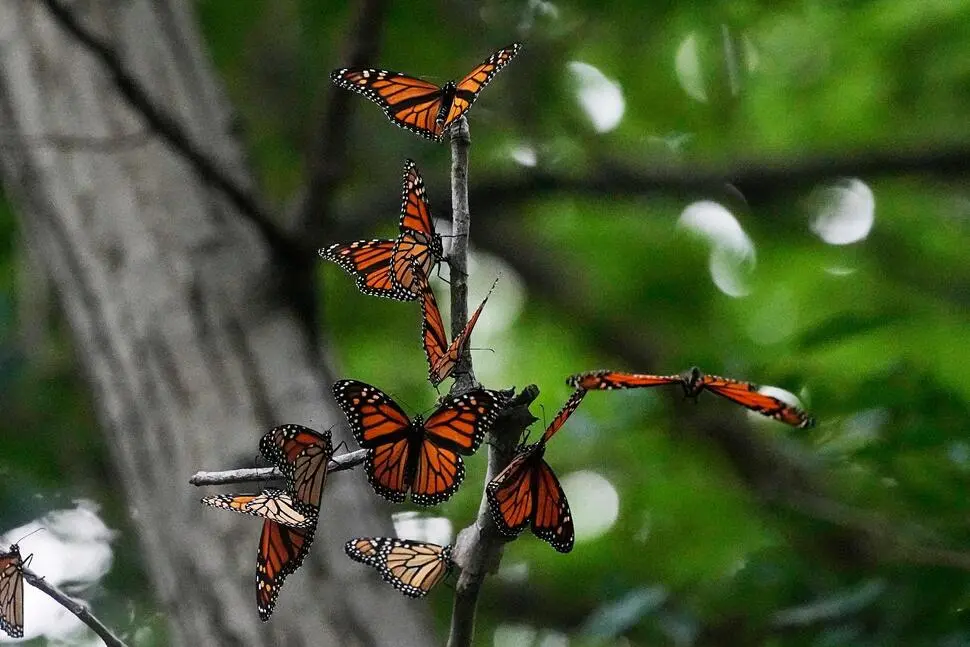U.S. wildlife officials have decided to extend federal protections to monarch butterflies
U.S. wildlife officials announced plans to list monarch butterflies as a threatened species under the Endangered Species Act, following years of warnings about their shrinking populations. The decision marks a crucial step toward protecting the iconic pollinator, which faces threats from climate change, habitat loss, and herbicide use.
Protection Details
The U.S. Fish and Wildlife Service’s proposal would:
- Prohibit killing, transporting, or making land unusable for monarchs, while allowing exceptions for incidental kills like vehicle strikes.
- Permit the transport of fewer than 250 monarchs and their use for educational purposes.
- Designate 4,395 acres in seven California counties as critical winter habitat for western monarch populations.
Lori Nordstrom, assistant regional director for the Midwest region, emphasized that the listing would not prevent people from raising monarchs or managing milkweed in their backyards.
Declining Populations
The monarch butterfly population has plummeted in recent years:
- Monarchs overwintering in Mexico occupied only 2.2 acres in 2023-24, a 59% drop from the previous year.
- In California, monarch numbers have declined 81% over the past 25 years.
Conservationists cite climate change, agricultural expansion, and the loss of milkweed as key factors. Rising temperatures could force milkweed to migrate north, increasing the distance monarchs must travel and reducing their breeding time.
Conservation Challenges
The decision to list monarchs as threatened, rather than endangered, reflects a nuanced assessment of their extinction risk. Monarchs west of the Rockies face a 95% chance of extinction by 2080, while eastern populations face a 57% to 74% probability.
Matt Mulica of Farmers for Monarchs noted that agricultural communities have long worked to maintain monarch habitats voluntarily. The implications of the federal listing for farming practices remain uncertain.
Next Steps
The announcement begins a 90-day public comment period, after which the agency may adjust the proposal. If approved, the listing will be finalized by December 2025.
Significance
Tierra Curry of the Center for Biological Diversity described the monarch’s plight as a “distress signal” urging greater environmental care. U.S. Fish and Wildlife Service Director Martha Williams echoed this sentiment, emphasizing the butterfly’s resilience and the need to give nature a fighting chance.
This decision underscores the urgency of addressing environmental threats to ensure the survival of species vital to ecosystems and cherished by communities.
